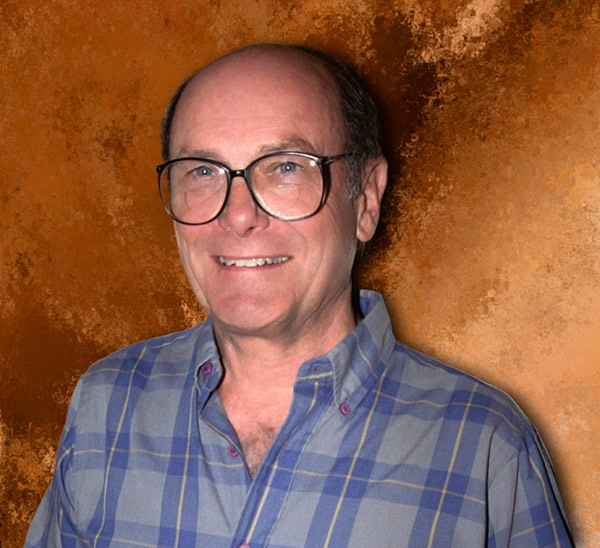History of the John D. Fox Laboratory

John D. Fox.
In March 2007, FSU's superconducting linear accelerator laboratory was named for John D. Fox, a longtime FSU faculty member who was instrumental in its development. Gov. LeRoy Collins established FSU's program in nuclear physics in 1958, and Fox joined the faculty shortly after, in 1960. He went on to play a key role in building up the accelerator laboratory into a position of worldwide renown. In particular, his collaboration with FSU Professor Donald Robson on isobaric analog states put the accelerator lab on the world map of nuclear physics.
The Florida State University (FSU) Accelerator Laboratory began operation in 1960 following the installation of an EN Tandem Van de Graaf accelerator. It was the second of its type in the United States. Since its dedication in March 1960, the FSU Accelerator Laboratory has been recognized for several scientific and technical achievements. Examples of the early days of operation are the first useful acceleration of negatively-charged helium ions at FSU in 1961 and the experimental identification of isobaric analogue resonances in proton-induced reactions in 1963.
The laboratory entered its second development stage in 1970 with the installation of a Super-FN Tandem Van de Graaff accelerator. As a third major stage of evolution, a superconducting linear post-accelerator based on ATLAS technology was funded by the U.S. National Science Foundation in the mid-1980s, with the first experiment on the completed facility run in 1987. The Super-FN Tandem Van de Graaff and superconducting linear post-accelerator are still being used at the FSU Accelerator Laboratory today. In combination with two SNICS sources and an RF-discharge source, they provide a variety of accelerated beams, ranging from protons to accelerated titanium ions, for experiments relevant for nuclear science.
The new Millenium brings a new focus and more experimental capabilities

RESOLUT is an in-flight radioactive beam facility, which uses beams from the TANDEM-LINAC to create exotic, radioactive isotopes not found in nature.
Today, the local group operates in addition to the two accelerators a number of experimental end stations allowing experiments at the forefront of low-energy nuclear physics. Experiments with light radioactive ion beams, which are produced in-flight, can be performed at the RESOLUT facility. The Array for Nuclear Astrophysics Studies with Exotic Nuclei, ANASEN, and the RESONEUT detector setup for resonance spectroscopy after (d,n) reactions are major detector setups available for experiments at the RESOLUT beamline. The laboratory further added to its experimental capabilities by introducing the CATRiNA neutron detector array, the MUSIC-type active target detector ENCORE, and by installing the Super-Enge Split-Pole Spectrograph (SE-SPS) in collaboration with Louisiana State University, including its first new ancillary detector systems SABRE and CeBrA for coincidence experiments. Recently, the FSU group also installed the high-resolution γ-ray array CLARION2 and the TRINITY particle detector in collaboration with Oak Ridge National Laboratory. This array consists of up to 16 Compton-suppressed, Clover-type High-Purity Germanium (HPGe) detectors.